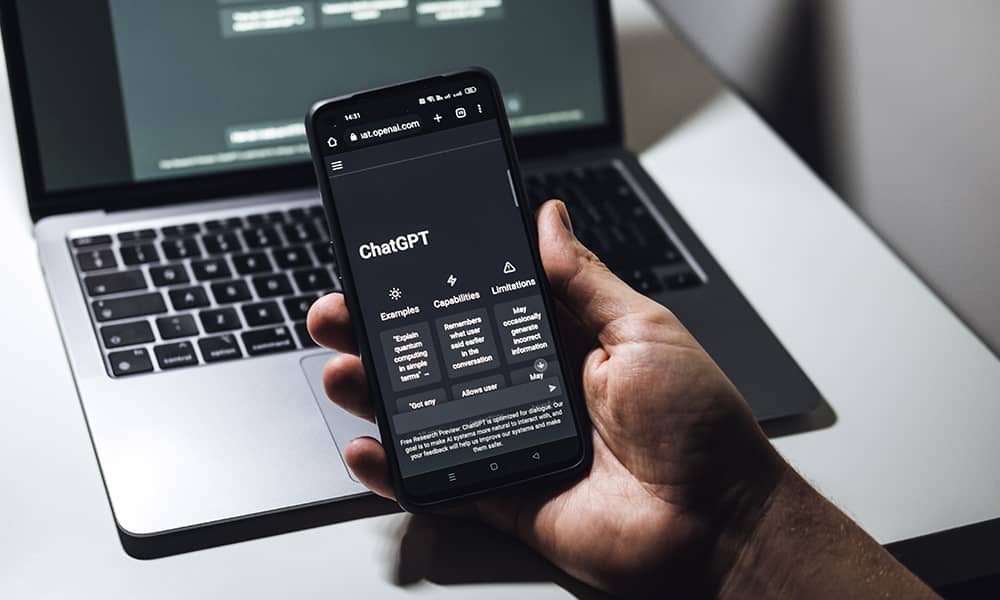The AI ChatGPT has created a buzz in the tech industry, surpassing companies like Tik Tok and Google with their remarkable popularity. To add to its impressive repertoire, the analysts at Swiss bank UBS have now dubbed it the fastest-growing consumer app in history.
According to UBS analysis, ChatGPT garnered a staggering 100 million active users in just two months since its launch in late November. Astonishingly, it accumulated a million users within a week of its release.
ChatGPT itself, however, discards itself as an app but instead refers to itself as a machine-learning model. This is evident in the creators. OpenAi uses this term as the software generates human-like text based on input provided to it. ChatGPT has been recognised as one of the largest and most advanced language models to date, but it's not an app and hasn't been measured in terms of user growth.
Recently, Microsoft made a significant investment in OpenAI and has begun incorporating GPT into its products. For instance, GPT powers several intelligent recap features in the new Teams Premium Microsoft 365 add-on.

The ai Bot returns questions posed in a natural human-like way as if it was a human. It can do this through pre-programmed scripts and machine learning algorithms.
These questions and answers are displayed on a conversational interface as if you were asking someone a question over text. Doing this heightens the ease of use and ultimately means this dialogue format makes it possible for ChatGPT to answer follow-up questions, admit its mistakes, challenge incorrect premises, and reject inappropriate requests," which has been highlighted in recent comments by the research company OpenAI.
Early users are raving about this groundbreaking technology, describing it as a dynamic alternative to Google. Not only is it adept at providing in-depth descriptions, but it also offers insightful answers and comprehensive solutions to complex inquiries. This innovative technology is a go-to resource, whether it's coding conundrums or layout and optimization queries.
The possibilities for real-world applications are boundless with this advanced technology. Imagine generating high-quality, engaging content that captivates your audience or easily and accurately answers customer inquiries. The technology also can offer personalized recommendations and has the potential to streamline communication channels by creating bespoke and automated chatbots.
The potential implications of this technology are vast and far-reaching, with some experts speculating that content production-dependent professions could become a thing of the past, including roles as diverse as playwrights and professors, programmers and journalists.
Academics using the technology have achieved perfect marks with responses to exam queries that undergraduates could have submitted. At the same time, programmers have heralded their ability to solve complex coding challenges in obscure programming languages in seconds. As technology continues to advance and evolve, many industry insiders have speculated that it has the potential to replace journalists, given its ability to create indistinguishable content from human-written prose. The implications of this could be profound, and we are only beginning to scratch the surface of this rapidly-evolving technology.
While the technology is undoubtedly advanced, it still needs some nuanced critical-thinking skills and ethical decision-making abilities essential for successful journalism. At its current stage, the tools are best utilised as a supplementary resource to augment a human journalist's abilities. However, with ongoing progress and development, we may one day see a future where AI-powered chatbots become commonplace and valuable resources for the journalism industry.

